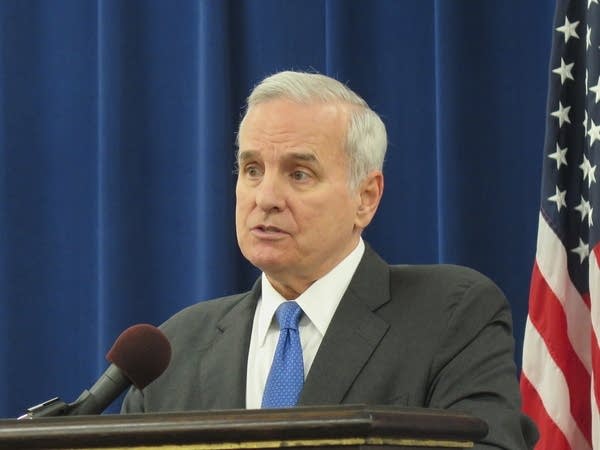Health insurers' safety net is at risk. Here's why that matters

DFL Gov. Mark Dayton speaks at a press conference on Oct. 26, 2016.
Tim Pugmire | MPR News 2016
Go Deeper.
Create an account or log in to save stories.
Like this?
Thanks for liking this story! We have added it to a list of your favorite stories.


